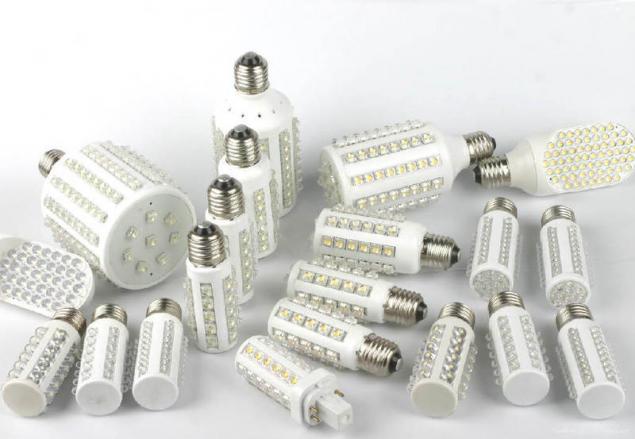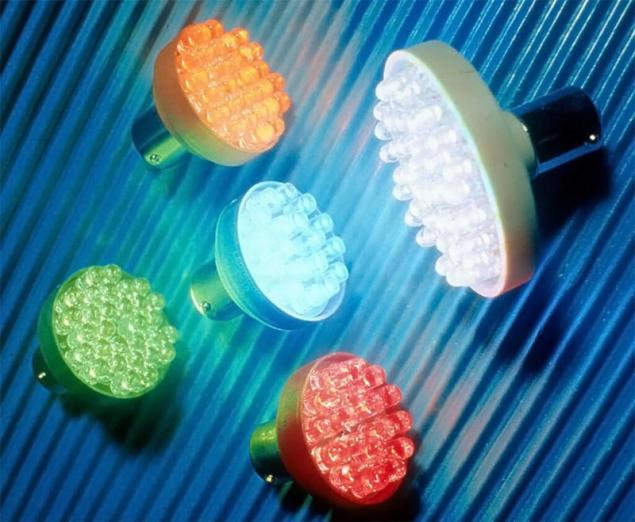600
LED Lighting and Health
LED lighting has long been left to the consumer market, but still represents an innovation in the lighting world, so there is a lot of discussion about the question of the benefits and harms of LED lamps. Around LED-production once appeared a lot of myths, which spoke of its harmful effects on the human body. Let's look at some of them, is it really:
Influence of light on vision
Standard light bulbs flicker during their work, as they depend on the power-line surges. LED lamp is characterized by high resistance to voltage surges, which eliminates the effect of flickering or flashing. Smooth and uniform light with its rays literally "fills" the space, creating a comfortable environment and eliminates visual fatigue.

Also, psychologists proved that the quality of the light depends on a favorable atmosphere in the room, and promotes labor productivity of employees at work in the office.
LED lamps have a positive impact on the human body and are not harmful to health.
Ultraviolet radiation and ecological aspect
The LED luminaires and lamps completely absent ultraviolet light, which is an integral component of any halogen or metal halide lamps. Despite the use of additional protective filters in the past, you still will not completely get rid of the harmful impact of this factor.

No mercury is another important advantage of LED lighting applications, as eliminating the need for disposal. As for the standard fluorescent lamps, their disposal is required, as a part of these lamps have a mercury vapors which can cause irreparable harm to the human body. Mercury adversely affects many organs and the central nervous system. The myth destroyed, and environmentally friendly LED lighting - an important step on the way to taking care of our planet
. Infrared
The major danger of exposure to the infrared radiation on humans is that it is able to penetrate deeply into the body: muscles and tissue. The consequences of such exposure - it's fever and rapid heartbeat. Again the LED fixtures and lamps were victorious over the other, has become outdated, lighting equipment.
Influence of light on vision
Standard light bulbs flicker during their work, as they depend on the power-line surges. LED lamp is characterized by high resistance to voltage surges, which eliminates the effect of flickering or flashing. Smooth and uniform light with its rays literally "fills" the space, creating a comfortable environment and eliminates visual fatigue.

Also, psychologists proved that the quality of the light depends on a favorable atmosphere in the room, and promotes labor productivity of employees at work in the office.
LED lamps have a positive impact on the human body and are not harmful to health.
Ultraviolet radiation and ecological aspect
The LED luminaires and lamps completely absent ultraviolet light, which is an integral component of any halogen or metal halide lamps. Despite the use of additional protective filters in the past, you still will not completely get rid of the harmful impact of this factor.

No mercury is another important advantage of LED lighting applications, as eliminating the need for disposal. As for the standard fluorescent lamps, their disposal is required, as a part of these lamps have a mercury vapors which can cause irreparable harm to the human body. Mercury adversely affects many organs and the central nervous system. The myth destroyed, and environmentally friendly LED lighting - an important step on the way to taking care of our planet
. Infrared
The major danger of exposure to the infrared radiation on humans is that it is able to penetrate deeply into the body: muscles and tissue. The consequences of such exposure - it's fever and rapid heartbeat. Again the LED fixtures and lamps were victorious over the other, has become outdated, lighting equipment.
























